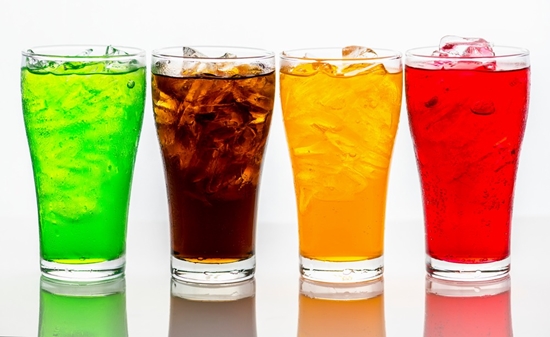اثر یک نوشیدنی غنی شده با کلاژن با یا بدون اسیدهای چرب امگا 3 بر بهبود زخم، بیومارکرهای متابولیک و آدیپوکین ها در بیماران مبتلا به سوختگی شدید
این مقاله علمی در مورد اثرات نوشیدنی های غنی شده با کلاژن بر بهبود زخم در بیماران سوختگی است.

در این مقاله سرعت بهبود زخم، کیفیت اسکار و تغییرات متابولیک را مورد بحث قرار میگیرد. به بیماران دچار سوختگی نوشیدنی حاوی کلاژن، کلاژن حاوی اسیدهای چرب امگا 3 یا دارونما داده شد. کلاژن و کلاژن دارای گروههای امگا 3 سریعتر بهبود یافتند و کیفیت اسکار بهتری نسبت به گروه دارونما داشتند. همچنین اسیدهای چرب امگا 3 نیز ممکن است برخی از نشانگرهای متابولیک را بهبود بخشند. تحقیقات بیشتری برای تایید اثربخشی اسیدهای چرب امگا 3 مورد نیاز است.
Effect of a collagen-enriched beverage with or without omega-3 fatty acids on wound healing, metabolic biomarkers, and adipokines in patients with major burns
Abstract
Background & aims: This study investigated the effects of collagen hydrolysate and omega-3 fatty acids (FAs) on the rate and quality of wound healing, metabolic disorders, and adipose-derived peptides in patients with major burns.
Methods: In this randomized clinical trial, 66 patients with 20-45% deep partial or full-thickness burns were randomly assigned to three groups to receive either a beverage containing collagen (40 gr/d), collagen (40 gr/d) plus 3 gr/d omega-3 (ω-3) FAs, or placebo for four weeks. Wound healing rate, Vancouver scar scale (VSS), as well as baseline, weeks two and three serum concentrations of adiponectin, fibroblast growth factor 21 (FGF21), neuregulin 4 (NRG4), transforming growth factor (TGF)-β1, and pre-albumin/hs-CRP ratio were assessed.
Results: The wound healing rate during the weeks post-burn (p = 0.006 and p = 0.01), and days of 95% (21.3 ± 6.8 and 22.9 ± 8.7 vs. 34.3 ± 14.8 days, p = 0.003 and p = 0.03) and complete (26 ± 7.7 and 27.4 ± 9.4 vs. 41.1 ± 16.6 days, p = 0.003 and p = 0.01) wound healing were significantly better with Collagen and Collagen. ω-3 compared to the placebo group. The VSS was significantly lower, indicated better scar status, in the both intervention groups compared to the placebo (p = 0.02 and p = 0.01). Wound healing outcomes were not statistically different between the Collagen and Collagen. ω-3 groups. Hs-CRP/pre-albumin ratio was significantly lower in the Collagen. ω-3 than the placebo group at week three (1.2 ± 1.9 vs. 4.8 ± 7.7 dl/l, p = 0.03). The significant decrease in serum adiponectin seen during the trial course within the placebo (10 ± 8.8 to 5.8 ± 4.9 mg/l, p = 0.03) and Collagen (11.8 ± 14 to 8.6 ± 11.7 mg/l, p = 0.03) groups was prevented in the Collagen. ω-3 group (p = 0.4). Circulating FGF21 decreased significantly within the Collagen (p = 0.005) and Collagen. ω-3 (p = 0.02) groups at the end of week three compared to the baseline.
Conclusions: Adding collagen hydrolysate as part of adjunctive therapy improved wound healing rate and quality. These findings as well as the efficacy of omega-3 FAs need to be further confirmed in larger populations. This study was registered with the Iranian Registry of Clinical Trials (IRCT20090901002394N42).
Keywords: Adipokine; Burn; Collagen; Metabolic disorder; Omega-3 fatty acid; Wound healing.


.png)
.png)